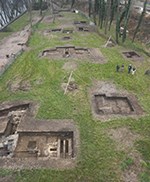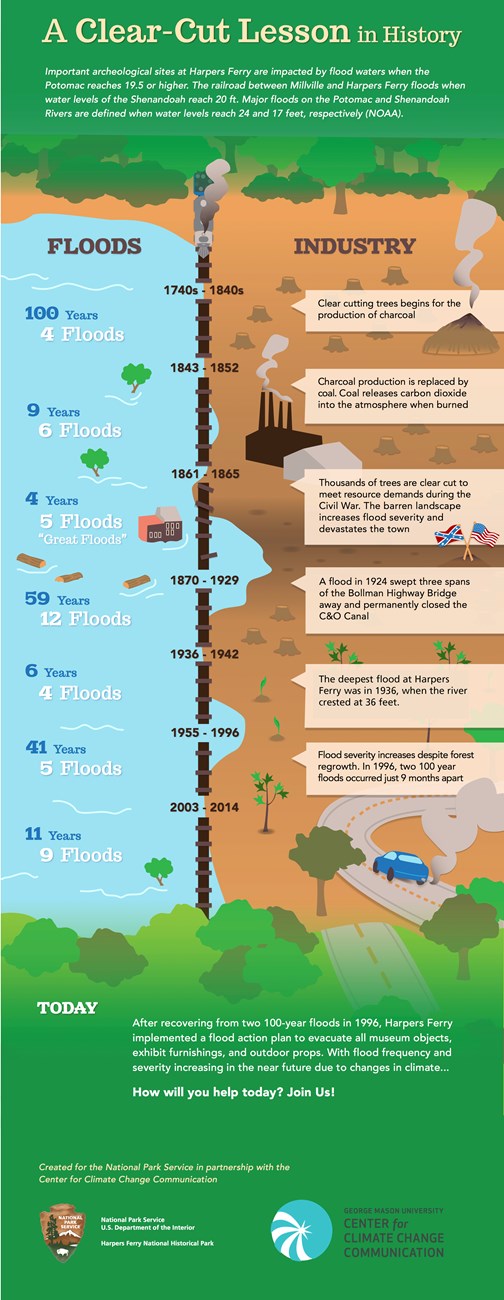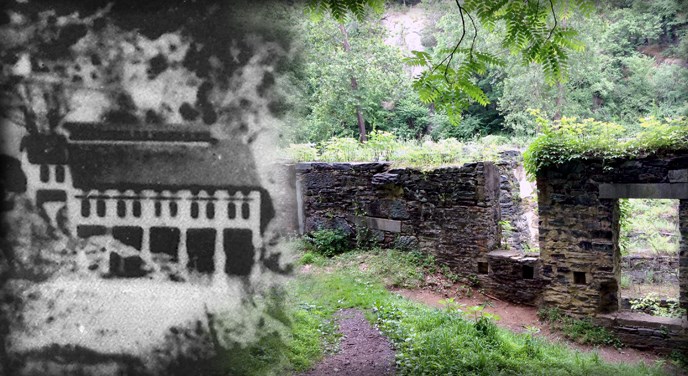
NPS Image / Robert E. Brzostowski

Nicole Coumes, NPS Trees, Coal, and the Climate Change Connection 
Photo Credit (photo on left): Harpers Ferry NHP Coal revolutionized Harpers Ferry when it was adopted as the main source of energy. Coal fueled stoves in homes and powered industries like U.S. Armory. We still burn coal to power homes and industry today. When we burn coal, carbon dioxide is released into the atmosphere and contributes to climate change (Environmental Protection Agency, 2015). Changes in the climate will bring more intense storms to the Northeast, creating more severe flooding (U.S. National Climate Assessment, 2014). Join Harpers Ferry in Combating Climate Change Climate friendly actions:
References |
Last updated: November 20, 2015
